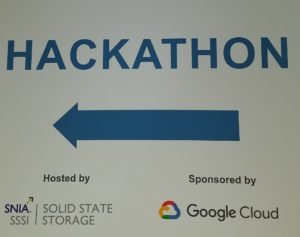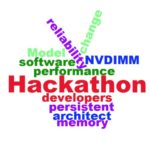We hope you had time to check out our recent webcast on Applications Take Advantage of Persistent Memory. Raghu Kulkarni of Viking Technology, a member of the SNIA Solid State Storage Initiative, did a great job laying the foundation for an understanding of Persistent Memory today, just in time for the SNIA Persistent Memory Summit.
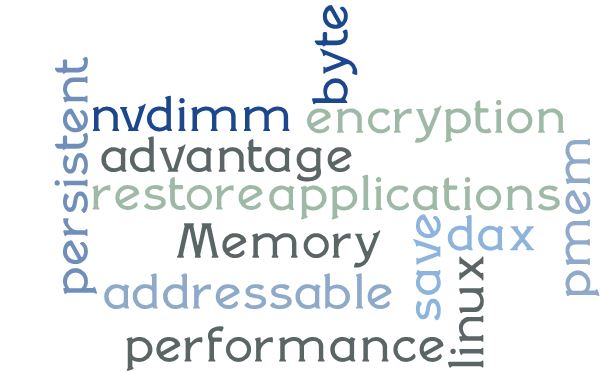 You can catch up on videos of Summit talks, along with the slides presented, here.
You can catch up on videos of Summit talks, along with the slides presented, here.
During the webcast, we had many interesting questions. Now, as promised, Raghu provides the answers. Happy reading, and we hope to see you at one of our upcoming webcasts or events.
Q. Does NVDIMM-N encryption lower the performance levels that you presented?
A. It typically depends on the implementation and differs from each vendor. Generally speaking, Save and Restore operations will increase by a small factor – less than 10%. Products from some vendors, like Viking, will not see a performance degradation as it is offset by a faster transfer rate
Q. What are the read/write bandwidth capabilities of NVDIMM-N? How does that compare to Intel’s Persistent Memory?
A. For Byte-addressable mode, NVDIMM-N in theory has the same high performance as DRAM, around 100ns. With the latest Linux drivers in DAX mode, NVDIMM-N are still expected to be better than Intel’s Persistent Memory.
Q. On the use cases, what are the use cases when Persistent Memory is attached to an accelerator chip compared to a Processor attached setup?
A. Mainly to accelerate the performance by storing the metadata or even data in Persistent Memory, so that the request can be acknowledged immediately without having to wait for commits to SSD/HDD. It also saves the rebuild time, which is a common practice for volatile memory.
Q. How does BIOS/MRC work when a Persistent Memory is attached to an accelerator (ASIC/FPGA/GPU) over PCIe, when trying to extended/increase the memory for the processor?
A. System BIOS will not detect the Persistent Memory sitting on PCIe; it only discovers Persistent Memory installed in DIMM slots. FPGA/ASIC, etc. have to build their own bottom up code to detect and present the Persistent Memory on PCIe depending on the use case.
Q. Do we need application changes to take advantage of Persistent Memory-aware file storage? how does it compare against the DAX mode?
A. To take advantage of the low latency/high performance nature of Persistent Memory, it would be beneficial to modify the applications. However, one can still leverage the existing IO stack if modifying the application is not an option. Check out pmem.io for pre-built libraries that can be directly integrated into applications.
Q. Should the Persistent Memory usage be compared against the Storage or Memory. Which is a more relevant use case for Persistent Memory?
A. Typically, a media that is Byte-addressable is called Persistent Memory (PM); however, you can also access it in Block mode. Again, depending on the application needs, use case, and other system level factors it can be used in either modes. However, you will find best performance when accessing in Byte-addressable/Load-Store mode.
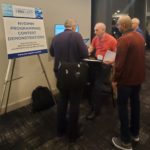
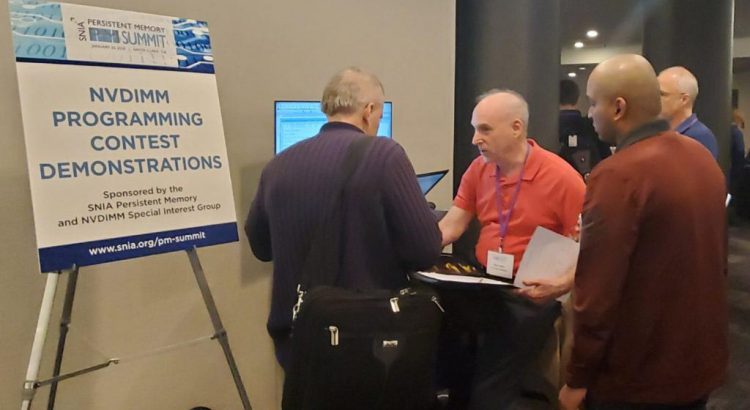
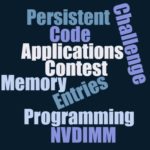
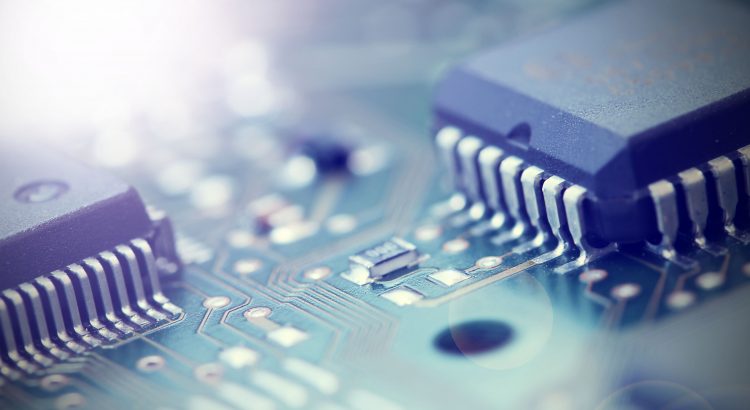
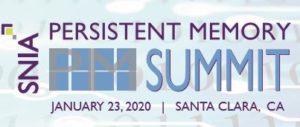
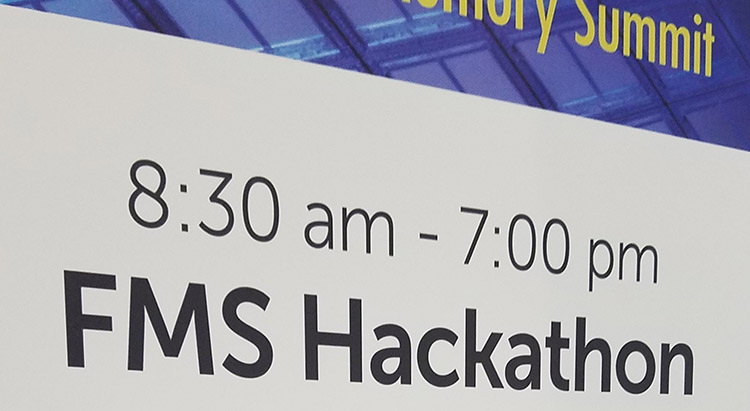



 You can catch up on videos of Summit talks, along with the slides presented,
You can catch up on videos of Summit talks, along with the slides presented, 